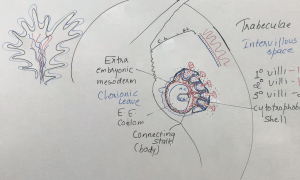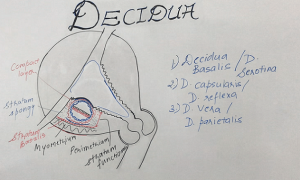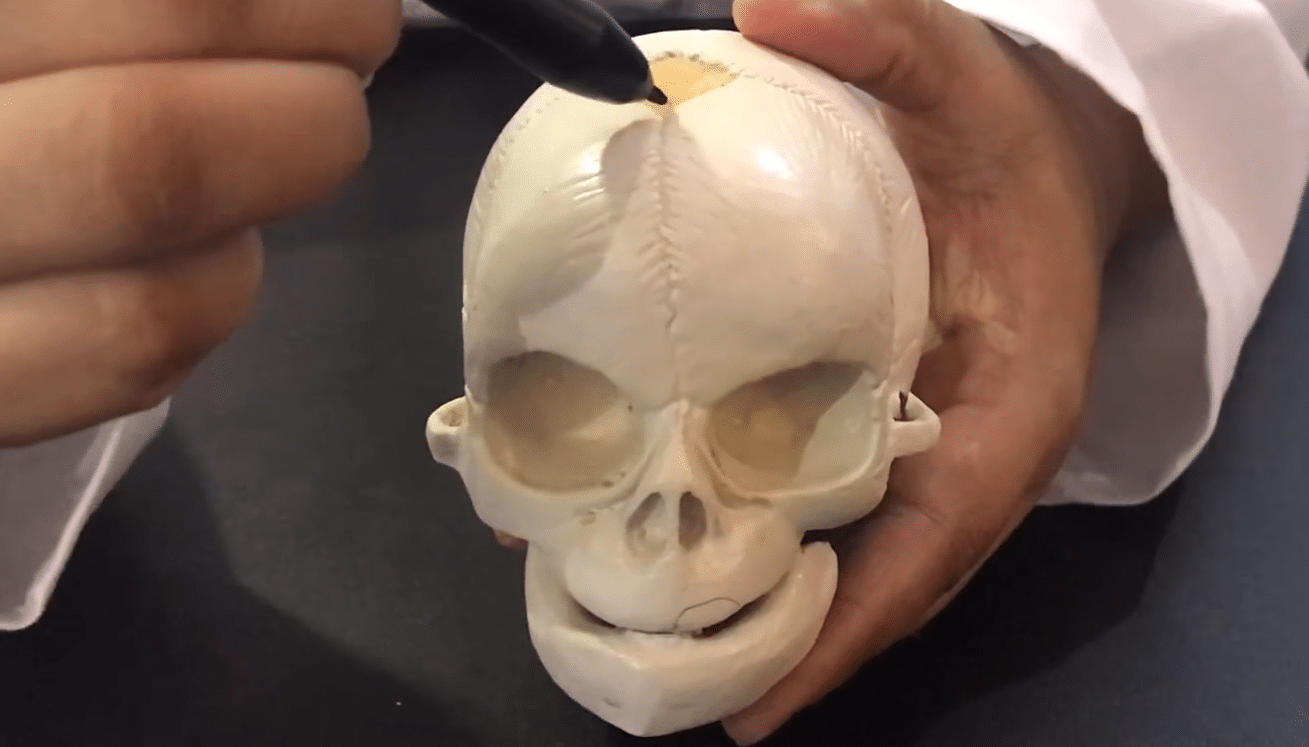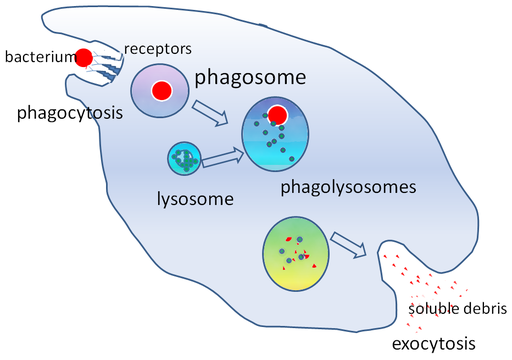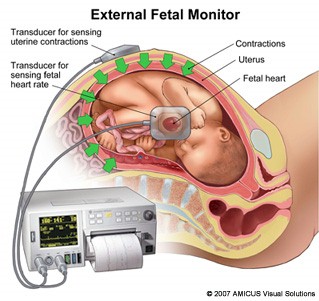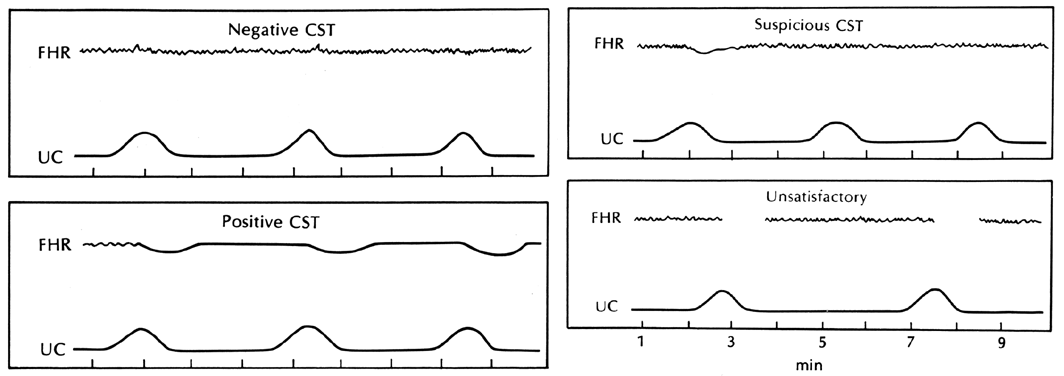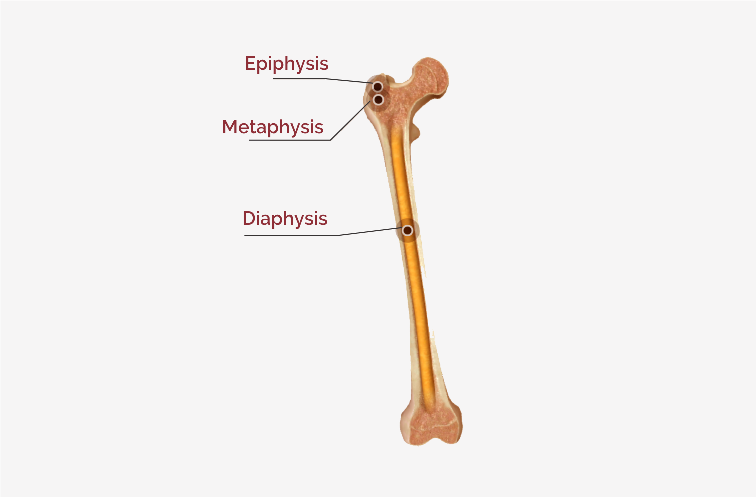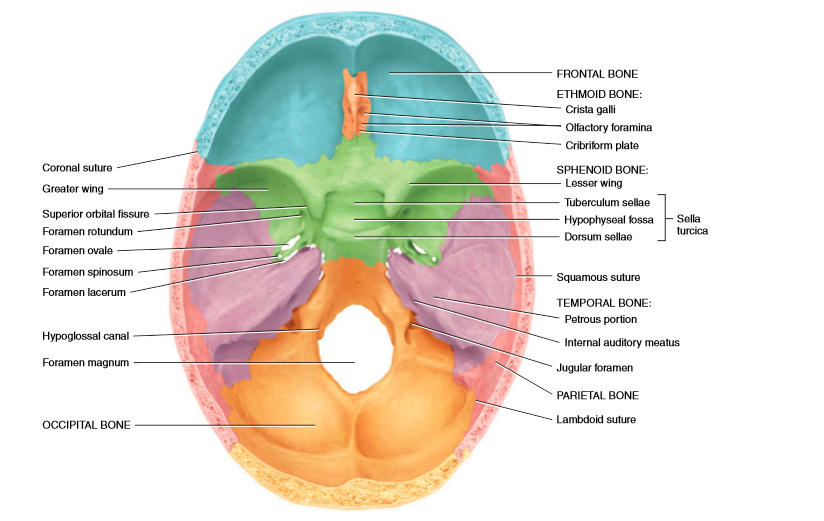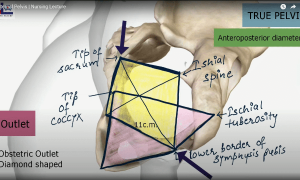Causes of onset of Labour
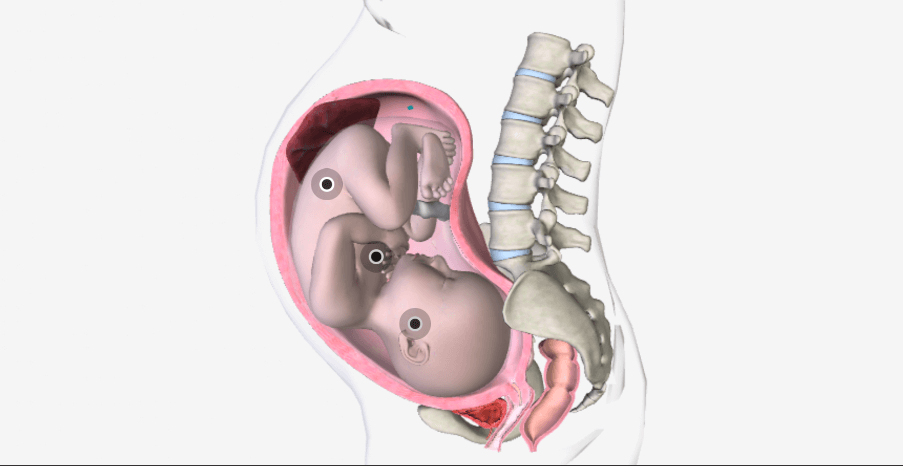
Throughout the pregnancy, there is hypertrophy (increase in the size of cells) and hyperplasia (increase in a number of cells) of uterine muscle fibers so it reaches about 35 c.m. in length, at term, and during pregnancy, there is irregular, involuntary, painless uterine contraction (Braxton hicks contraction) but at the onset of labour it becomes a change in intensity, frequency or in the duration which starts from a pacemaker of the uterus at tubal ostia in fundus region then it spread downwards.
The mother has a sudden burst of energy known as nesting 24 to 48 hours before the onset of labour.
The exact reason for the causes of the onset of labour is unknown but the various theories responsible for that are endocrinal, biochemical, or mechanical stretch pathways, these are as follows-
Endocrinal factors
Oestrogen peak theory-
- It increases the release of oxytocin from the maternal pituitary.
- Promote the synthesis of myometrial receptors of prostaglandin, oxytocin.
- Prostaglandin synthesizes from decidua & amnion by the lysosomal disintegration.
- Synthesis of myometrial contractile protein, actin & myosin.
Progesterone withdrawal theory-
- Before labour, there is a drop in progesterone synthesis by inhibiting the conversion of pregnenolone to progesterone (in the adrenal gland) by fetal production of cortisol & dehydroepiandrosterone (DHEA).
Prostaglandins initiating theory-
- Prostaglandins E2 and F2α are powerful stimulators of uterine muscle activity.
- The site of synthesis is amnion, chorion, decidual cell, myometrium.
- Its release is influenced by rising estrogen, glucocorticoid, stretching, vaginal examination, separation of the ruptured membrane.
Oxytocin theory-
- Large oxytocin receptors are present in the fundus in comparison to the cervix which increases at the time of labour & it stimulates the synthesis or release of Prostaglandins E2 and F2α from amnion & decidua.
- Ferguson reflex is the neuroendocrine reflex of uterine contractions initiated by pressure at the cervix or vaginal walls by vaginal examination and amniotomy.
Fetal placental theory-
- Increased cortisol production from the fetal adrenal gland before labour may influence its onset by increasing estrogen and prostaglandin production from the placenta by the activation of the fetal hypothalamic-pituitary-adrenal axis.
Mechanical factors
Uterine distension theory-
- Stretching effect by growing fetus at the time of onset of labour increases gap junction, receptors of oxytocin & contraction associated protein.
- The physical stretching of the uterus causes an influx of ions, sodium, and calcium, that change the action potential across myometrial cells. This facilitates the onset of uterine contractions. The gap junctions between myometrial cells increase just before labour, which allows coordinated muscle contraction.
Biochemical Factors
- Through the release of phospholipase A2 in the lysosomes of fetal membranes at term which esterifies the arachidonic acid (fatty acid) thus synthesizing prostaglandins. This then diffuses into the sarcoplasmic reticulum and the free calcium ion releases that bind to a contractile protein in myometrium and the contraction begins.
Download the App: Android App
For more Lectures, please visit-
YouTube Channel – NursingLecture
Facebook – Facebook Page
Check out the video of the causes of the onset of Labour here:

